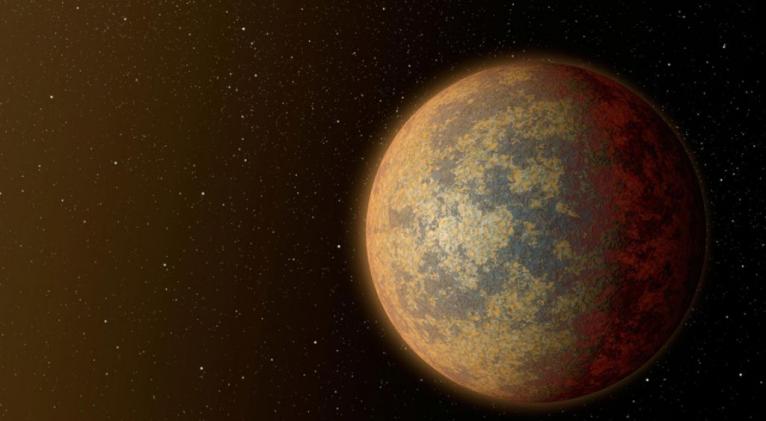'Next-door neighbor’: 2nd exoplanet discovered 21 light-years from Earth
especiales

The new planet has been dubbed HD 219134b, and can’t be seen directly even with telescopes, but the star the planet orbits is visible to the human eye in the Cassiopeia constellation, near the North Star, NASA said in a statement.
But the telescope sees the dimming of the star, and can calculate the planet’s size and other parameters based on it.
The planet weighs 4.5 times more than Earth, and has a fast three-day orbit around its star.
HD 219134b is also the closest example of a transiting planet, that is to say, a planet which crosses in front of its star and can be studied.
"Transiting exoplanets are worth their weight in gold because they can be extensively characterized. This exoplanet will be one of the most studied for decades to come," said Michael Werner, the project scientist for the Spitzer mission at NASA's Jet Propulsion Laboratory in Pasadena, California.
Transiting is rare because of the different planets’ orientation to Earth. The process consists of the planet’s orbit situated between its star and Earth, dimming the star’s light as a result.

READ MORE: NASA promises 'definitive evidence' of alien life by 2025
An upside of HD 219134b is that it is relatively close to Earth, scientists say.
"Most of the known planets are hundreds of light-years away. This one is practically a next-door neighbor," said Lars A. Buchhave, an astronomer and study co-author at the Harvard-Smithsonian Center for Astrophysics in Cambridge, Massachusetts.
The nearest planet that astronomers know about is GJ674b at 14.8 light-years away. However, there are no details about its composition.
READ MORE: We are not alone? NASA’s Kepler telescope finds first planet similar to Earth
HD 219134b is considered a rocky planet, and is a considered a “super-Earth” with proportions bigger than those of our planet.

"Thanks to NASA's Kepler mission, we know super-Earths are ubiquitous in our galaxy, but we still know very little about them. Now we have a local specimen to study in greater detail,” said study co-author Michael Gillon of the University of Liege in Belgium, lead scientist for the Spitzer space telescope detection of the transit.
Three more planets in the same star system have been discovered by astronomers: two of them are near the star.
The latest discoveries come just over a week after the first Kepler-452b exoplanet was found: it’s also outside the solar system, 1,400 light years away, and may be able to sustain life.













Add new comment